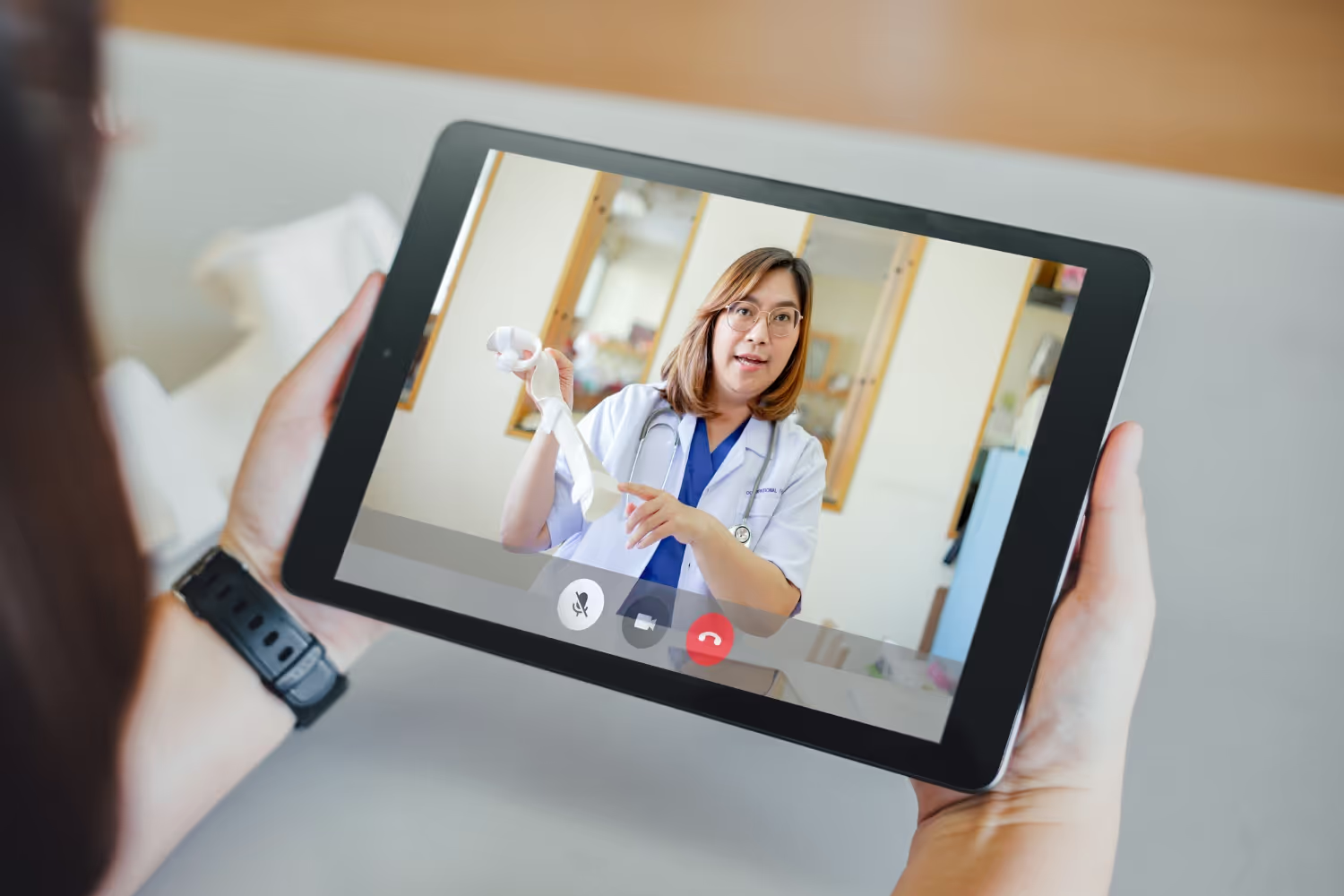Artificial intelligence (AI) is rapidly changing healthcare staffing, and telehealth is at the forefront of this transformation. AI-powered platforms can match clinicians with patient demand, streamline credentialing, and forecast workforce needs, making telehealth staffing faster, more accurate, and more efficient. For healthcare employers, leveraging AI is no longer optional—it’s essential.
How AI is Revolutionizing Telehealth Staffing
- Predictive Workforce Planning
AI analyzes historical patient volumes, clinician availability, and seasonal trends to forecast staffing needs. This ensures providers are scheduled optimally and reduces overtime costs. - Automated Credentialing and Compliance
Platforms like DirectShifts use AI to track licensure, expiration dates, and documentation requirements, minimizing errors and delays. - Smart Matching of Clinicians to Roles
AI algorithms consider clinician specialty, experience, location, and availability to quickly match the right provider to the right shift. - Improved Retention and Satisfaction
By optimizing schedules and reducing administrative burdens, AI helps decrease burnout and improve clinician satisfaction.
Case Study: Access TeleCare and DirectShifts AI Tools
Access TeleCare needed to expand its telepsychiatry services across multiple states. Using DirectShifts’ AI-driven staffing platform, they were able to:
- Identify and deploy clinicians licensed in the required states within days.
- Match clinician availability to patient demand efficiently.
- Reduce administrative onboarding time by 30%.
The result: Access TeleCare increased patient coverage by 25% while keeping clinician satisfaction high—a clear example of AI-enabled staffing success.
Why Employers Should Adopt AI in Telehealth Staffing
- Efficiency: Reduce the time to fill critical shifts.
- Compliance: Track licensing, certifications, and renewal deadlines.
- Scalability: Rapidly expand services to new states or specialties.
- Data-Driven Decisions: Use predictive analytics for long-term workforce planning.
FAQ: AI in Telehealth Staffing
- How is AI used in telehealth staffing?
AI predicts staffing needs, matches clinicians to shifts, and tracks credentialing and compliance. - Can AI improve clinician retention?
Yes. By optimizing schedules and reducing administrative burdens, AI lowers burnout. - How does AI speed up clinician onboarding?
It automates verification of licenses, certifications, and background checks. - Does AI replace human recruiters?
No. AI complements recruiters by handling repetitive tasks, allowing them to focus on relationship-building. - Can AI help with multi-state telehealth staffing?
Yes. AI tracks which clinicians are licensed in which states and ensures proper deployment. - What kind of data does AI use for workforce planning?
Historical patient volumes, clinician availability, seasonal trends, and licensing status. - How can DirectShifts’ AI tools help employers?
They provide predictive scheduling, compliance tracking, and clinician matching tailored for telehealth. - Is AI suitable for small telehealth practices?
Absolutely. Even small practices benefit from faster scheduling and compliance automation. - Does AI improve patient care?
Indirectly, yes. Efficient staffing reduces wait times and ensures patients see the right clinician promptly. - What’s the future of AI in telehealth staffing?
AI will increasingly predict workforce shortages, automate credentialing, and optimize hybrid staffing models across states.
Transform your telehealth offerings with robust staffing solutions. Ensure high-quality virtual care for your patients while adapting to the evolving landscape of healthcare delivery.
Schedule a DemoEmpower Your Healthcare Workforce
Subscribe for industry insights, recruitment trends, and tailored solutions for your organization.














